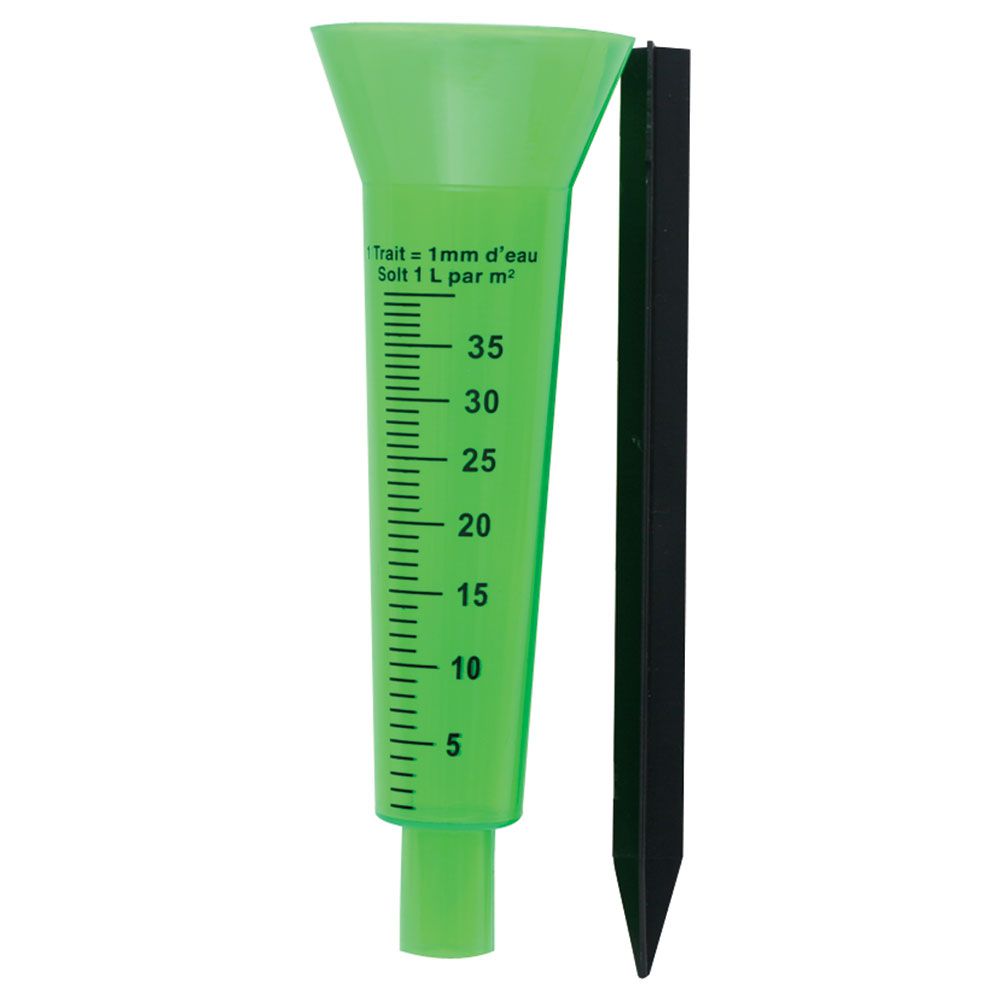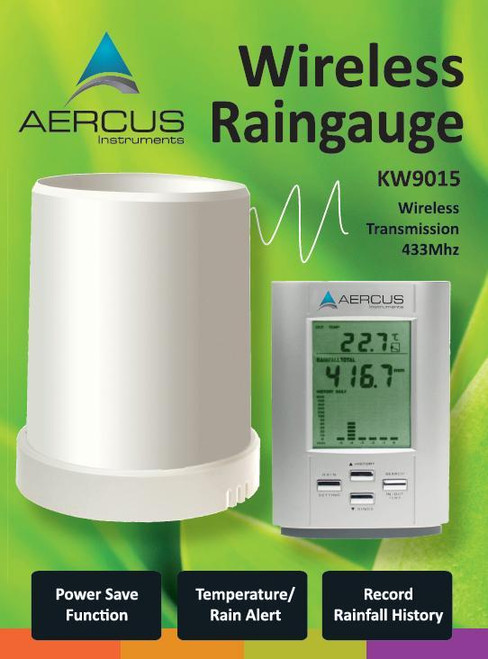Discover the very best Rain Gauge for Accurate Weather Measurement and Projecting
Discover the very best Rain Gauge for Accurate Weather Measurement and Projecting
Blog Article
Exploring the Evolution of Rain Assesses: From Typical to Smart Devices for Improved Precision in Rainfall Dimension
The dimension of rains has actually been a basic facet of weather forecasting for centuries, forming our understanding of weather patterns and climate trends - rain gauge. From the early manual rain evaluates to the much more recent introduction of smart devices, the evolution of rain measurement tools has been a journey noted by innovation and precision. By mapping the advancements in rainfall scale modern technology from typical versions to the cutting-edge clever tools these days, we can get useful insights into how these growths have actually revolutionized the means we accumulate and examine rains data
Early Manual Rainfall Determines
During antiquity, basic vessels were utilized to measure rains by hand, marking the early origins of rainfall assesses. These early rainfall assesses were basic containers placed in open locations to gather rainwater. The accumulated water was after that manually gauged utilizing markings on the container to identify the amount of rains that had taken place within a certain period.
Although these manual rainfall gauges were reliable in offering a standard understanding of rainfall patterns, they were restricted in precision and precision. Factors such as wind, evaporation, and splilling can impact the dimensions, resulting in prospective mistakes in the videotaped data.

Regardless of their constraints, very early manual rain assesses played an important role in the advancement of extra advanced rainfall dimension gadgets. The idea of collecting and determining rainfall laid the foundation for the development of even more sophisticated rain gauges that made use of scientific principles to give more precise and trustworthy data. This advancement ultimately led to the development of modern-day rain evaluates capable of capturing exact measurements in numerous environmental conditions.
Growth of Mechanical Rain Scales
The progression from early hand-operated rainfall assesses to advanced mechanical rainfall measurement tools noted a substantial leap in the evolution of rain scale technology. Mechanical rain assesses, additionally recognized as tipping bucket rainfall gauges, operate on a straightforward yet efficient concept. These gadgets contain a funnel that collects rainwater and networks it right into a little seesaw-like mechanism - rain gauge. As the rain fills up one side of the system, it ideas, creating the water to be cleared out, and simultaneously videotaping the amount of rains. This layout enables automatic measurements, making it extra efficient and precise contrasted to hands-on techniques.
Mechanical rain evaluates are typically made of long lasting products like stainless steel or plastic, ensuring longevity and dependability even in severe weather. With improvements in modern technology, modern mechanical rain gauges can also be outfitted with digital sensors to transmit real-time data wirelessly to information collection systems. This mix of mechanical toughness and digital connectivity has made mechanical rain evaluates a prominent selection for meteorological stations, research organizations, and agricultural applications where precise rainfall dimensions are vital for decision-making processes.
Introduction of Digital Rainfall Scales

Electronic rainfall assesses offer substantial advantages over typical mechanical assesses, including higher precision, the capacity to determine smaller sized increments of rainfall, and lowered maintenance needs. By leveraging electronic parts like tipping containers or acoustic sensing units, these devices can give comprehensive details on rainfall strength, period, and circulation patterns with boosted reliability.
Furthermore, the assimilation of electronic rainfall determines right into climate monitoring networks enables the collection of large quantities of information for analysis and forecasting objectives. This information can be used to boost predictive versions, enhance very early warning systems for serious weather events, and assistance environment study campaigns. In general, the intro of electronic rain evaluates represents a critical innovation in the field of meteorology, promoting more exact and detailed rainfall measurement capacities.
Change to Wireless Rainfall Gauges
Advancing beyond traditional techniques, meteorological instrumentation has actually considerably moved towards wireless rainfall evaluates for enhanced data collection and transmission. These innovative tools make use of wireless innovation to transmit real-time rainfall information to central systems, supplying meteorologists and scientists prompt accessibility to trusted and accurate info. The change to wireless rain assesses eliminates the demand for hand-operated information collection, minimizing human error and enhancing effectiveness in monitoring rainfall patterns.
Wireless rainfall assesses are furnished with sensors that can find even the smallest more amount of rains, giving precise dimensions for far better evaluation and projecting. The seamless integration of these gauges into existing climate monitoring networks permits thorough information collection across various geographical places, enabling a more detailed understanding of rainfall distribution and intensity.
In addition, the cordless capability of these rainfall determines enables remote tracking in hard-to-reach or dangerous locations, broadening the extent of rainfall measurement in difficult atmospheres. With their capability to enhance data transmission and boost precision, cordless rainfall assesses stand for a considerable improvement in atmospheric modern technology, boosting the precision and integrity of rains measurement for clinical study and operational projecting.
The Age of Smart Rain Gauges
Arising as a crucial innovation in atmospheric instrumentation, smart rainfall determines integrate sophisticated innovation for improved data collection and analysis. These ingenious devices are equipped with sensors that can determine not only the amount of rainfall yet also added parameters such as strength, duration, and also go down size distribution. By leveraging cordless connectivity, smart rain determines can transfer real-time information to meteorological terminals, offering instantaneous access to precise rainfall dimensions.
Among the essential functions of clever rainfall evaluates is their capability to autonomously adjust for environmental aspects that might affect the precision of standard rainfall gauges, such as wind disturbance or evaporation. This self-correction mechanism guarantees that the information accumulated is more regular and trustworthy, leading to improved projecting click for more designs and better-informed decision-making in various industries like farming, water source administration, and city planning. The combination of man-made intelligence and machine learning formulas in clever rain gauges allows for sophisticated information analysis, pattern acknowledgment, and projecting abilities, even more boosting their energy in modern meteorology.
Final Thought

From the very early manual rain gauges to the a lot more recent introduction of clever gadgets, the development of rainfall dimension tools has been a trip noted by technology and precision.The development from early manual rainfall gauges to a lot more advanced mechanical rain dimension tools noted a considerable jump in the evolution of rainfall gauge technology. Mechanical rainfall determines, likewise recognized as tipping bucket rainfall evaluates, operate on a simple yet efficient concept.One of the crucial features of wise rain evaluates is their capacity to autonomously adjust for ecological elements that might influence the precision of traditional rain gauges, such as wind interference or dissipation.In verdict, the development of rain determines has actually progressed from early hand-operated devices to mechanical and digital designs, eventually leading to the advancement of wireless and smart rainfall gauges.
Report this page